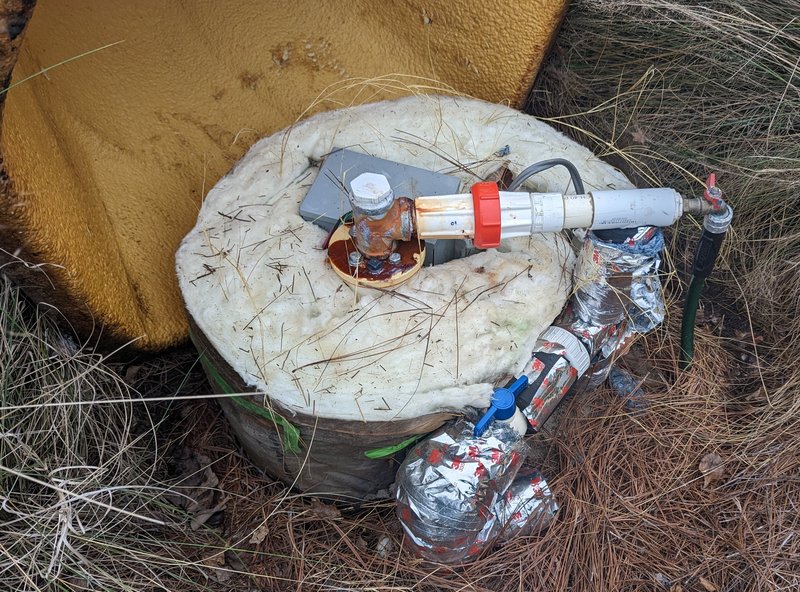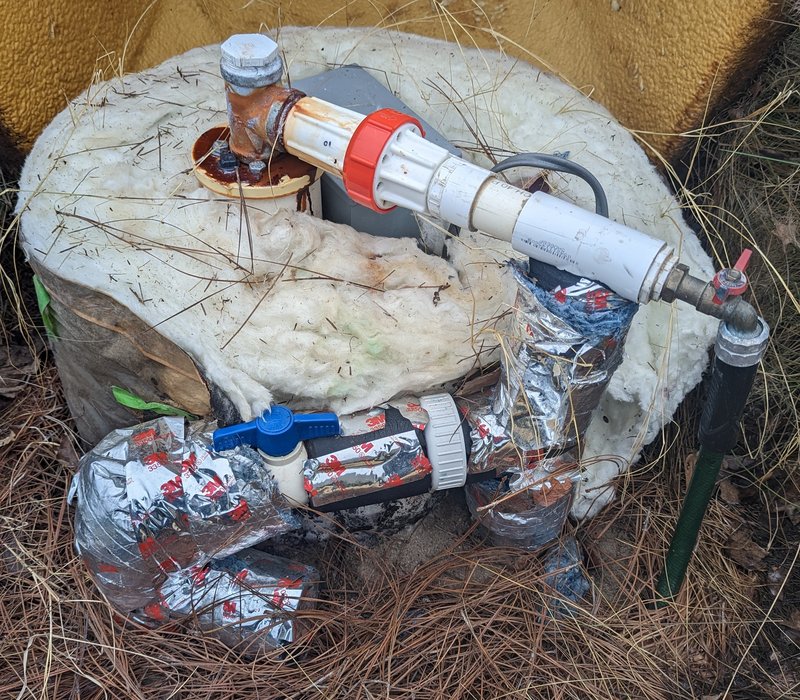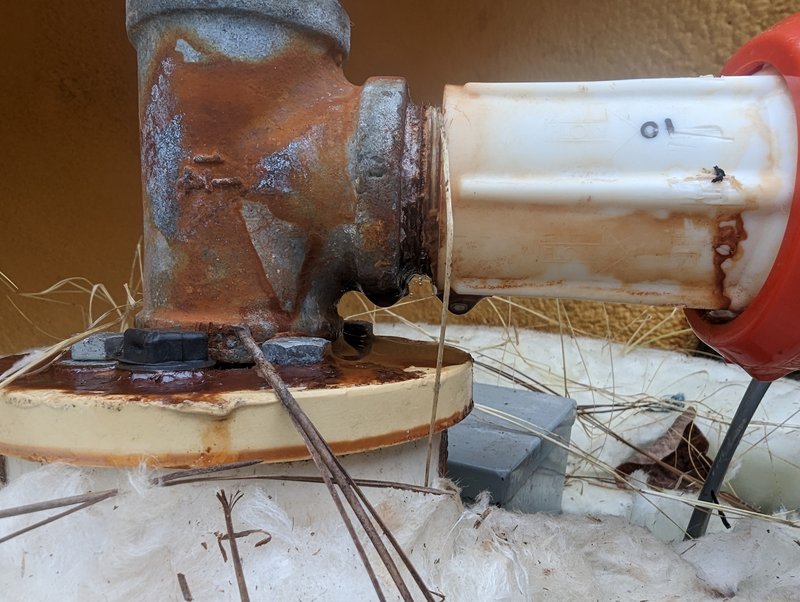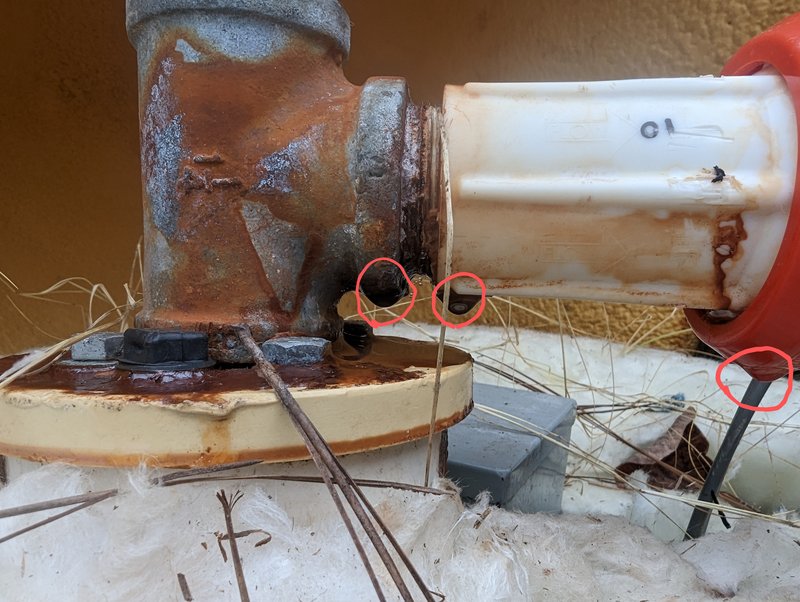1
Pumps, Wells, Tanks, Controls / Re: I'd like to optimize my well water system...help needed.
« on: February 13, 2023, 07:33:24 PM »
Unfortunately I don't have enough room for 2 more adapters. I can't seem to find a galv hex nipple. I can find stainless and PVC (not sure what the G means in G1-1/4) hex nipples...
https://www.amazon.com/Stainless-Steel-Threaded-Fitting-Nipple/dp/B01M6X7NHE
https://www.ebay.com/itm/304291234090?hash=item46d92bc12a:g:-SgAAOSwO9hjugbA&amdata=enc%3AAQAHAAAA4MPwwiiY5KAW6iwCpfPt7pBWNHAq%2BzgOo%2FCzXpkDSJ26i%2FCpls7wtja55KY%2FkFCrEMWuC9tHazP8qOY2%2BZleKVya5DBb972%2FGk9NpUSg3C9ox%2FjHw3khAd8a%2BVCBCwrDf685%2FCiEtAqINENvy%2Fy%2BhzP4fw7DyJjFb6xZ8UP9ZuE%2BulF4t2zyPqOApnXVAIG0qAPALa9SJxBp4R6sSEaIziO36v7ip%2FpGmc8ELPFJKH8hWUuznpRomr9AGxnaawkUeihNuyMSkiaDVBBSWzniCA6WJZniT16554MiU%2FzFnM9U%7Ctkp%3ABk9SR4j109bJYQ
or just go with a non close galv nipple.
https://www.amazon.com/Stainless-Steel-Threaded-Fitting-Nipple/dp/B01M6X7NHE
https://www.ebay.com/itm/304291234090?hash=item46d92bc12a:g:-SgAAOSwO9hjugbA&amdata=enc%3AAQAHAAAA4MPwwiiY5KAW6iwCpfPt7pBWNHAq%2BzgOo%2FCzXpkDSJ26i%2FCpls7wtja55KY%2FkFCrEMWuC9tHazP8qOY2%2BZleKVya5DBb972%2FGk9NpUSg3C9ox%2FjHw3khAd8a%2BVCBCwrDf685%2FCiEtAqINENvy%2Fy%2BhzP4fw7DyJjFb6xZ8UP9ZuE%2BulF4t2zyPqOApnXVAIG0qAPALa9SJxBp4R6sSEaIziO36v7ip%2FpGmc8ELPFJKH8hWUuznpRomr9AGxnaawkUeihNuyMSkiaDVBBSWzniCA6WJZniT16554MiU%2FzFnM9U%7Ctkp%3ABk9SR4j109bJYQ
or just go with a non close galv nipple.







